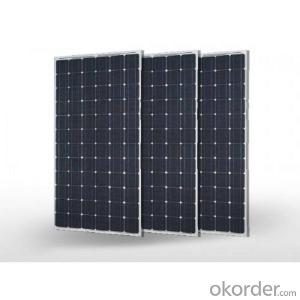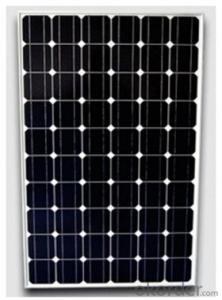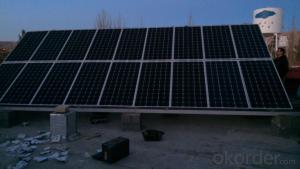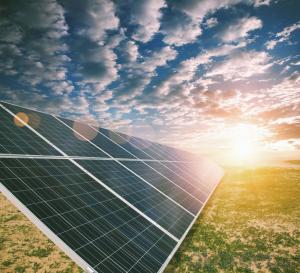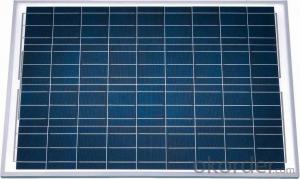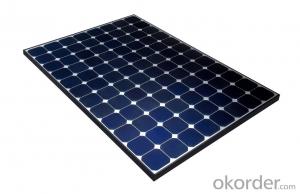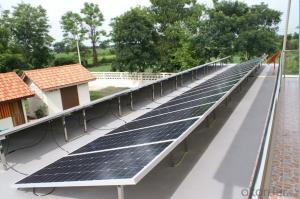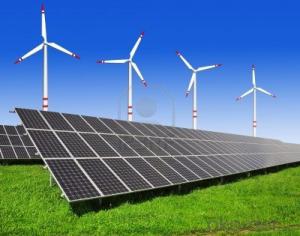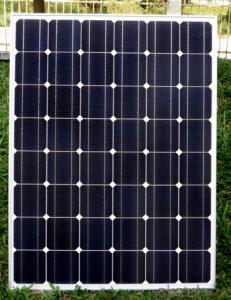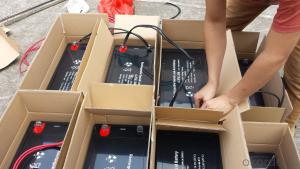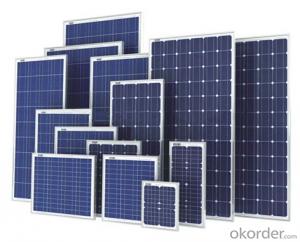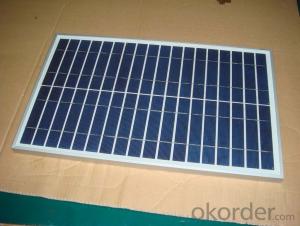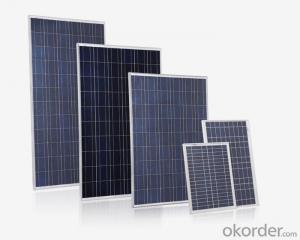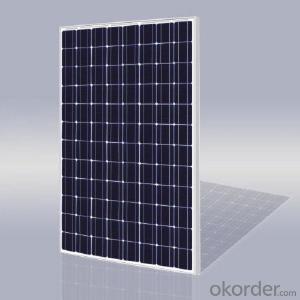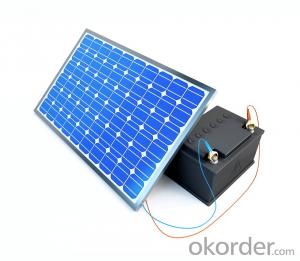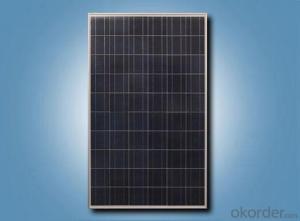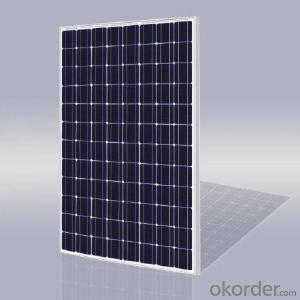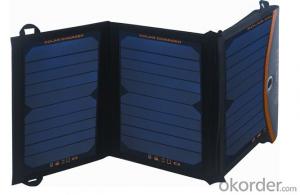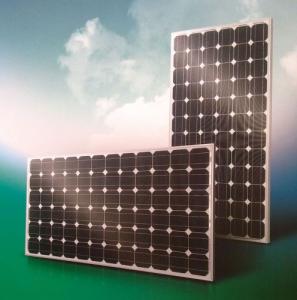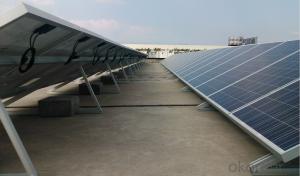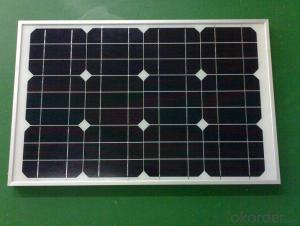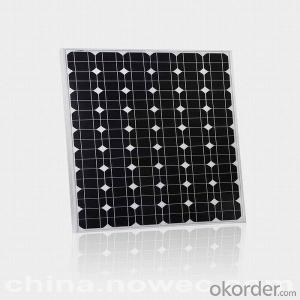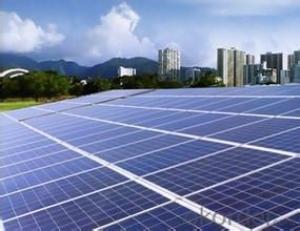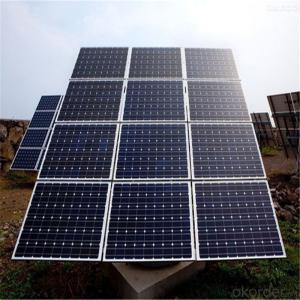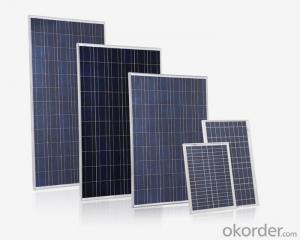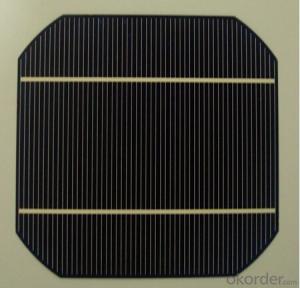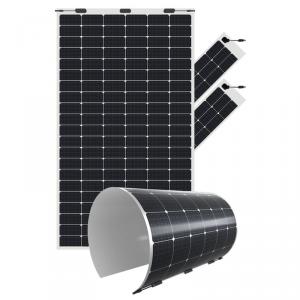Are Q Cells Good Solar Panels
Are Q Cells Good Solar Panels Related Searches
Q Cells Solar Panel Q Cells Solar Panel Prices Q Cells Solar Panels Price Q Cells Solar Panels For Sale Q Cells Solar Q Cell Solar Module Q Cells 400w Solar Panel Hanwha Q Cells Solar Panel Q Cells Solar Panels Q Cells 425w Solar Panel Hanwha Q Cells Solar Panels Q Cells 480w Solar Panel Q Cells Solar Stock Hanwha Solar Q Cells Hanwha Q Cells Solar Axia Solar Q Cells Are Solar Panels Fuel Cells Q Cells 385w Solar Panels Q Cells Solar Modules Buy Solar Panel Cells Best Solar Cells Are Solar Cells Build Solar Panel From Cells Best Solar Cells To Buy Are Solar Cells Efficient High Quality Solar Cells Best Solar Cells On The Market Q Antum Solar Module Best Type Of Solar Cells Quantum Vacuum Solar CellsAre Q Cells Good Solar Panels Supplier & Manufacturer from China
Q Cells is a reputable brand that offers high-quality solar panels, recognized for their efficiency and reliability in the renewable energy market. These solar panels are designed to harness the sun's energy and convert it into usable electricity for residential, commercial, and industrial applications. They are engineered with advanced technology to ensure optimal performance and long-lasting durability, making them a popular choice among consumers and businesses alike.Q Cells solar panels are widely used in various scenarios, such as rooftop installations, ground-mounted systems, and off-grid solutions. They are particularly suitable for areas with high sunlight exposure, where the panels can generate a significant amount of electricity to offset energy costs and reduce reliance on fossil fuels. The panels' robust construction and high efficiency ratings make them an excellent investment for those looking to transition to clean, sustainable energy sources.
As a wholesale supplier, Okorder.com carries a vast inventory of Q Cells solar panels, catering to the diverse needs of customers worldwide. With a commitment to providing top-quality products at competitive prices, Okorder.com ensures that customers have access to reliable and efficient solar panels that meet their specific requirements. By offering Q Cells solar panels, Okorder.com contributes to the global shift towards renewable energy and supports the growth of sustainable practices in various industries.
Hot Products
